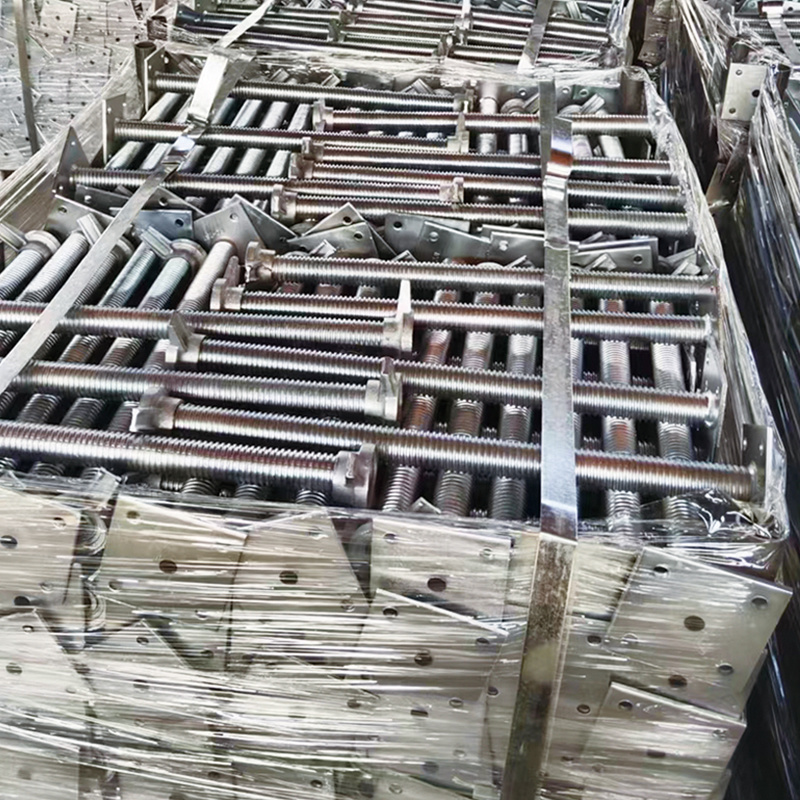Common screw accessories and their functions

Support:
Function: used to support the lead screw to ensure its stable operation. The design of the support seat usually takes into account the axial and radial loads of the lead screw, as well as the accuracy requirements.
Type: According to the type and application scenario of the lead screw, the support seat can be divided into many types, such as fixed side support seat, support side support seat, etc.
Fixed cover:
Function: Used to fix the screw to prevent it from moving or loosening during work. The fixed cover is usually connected to the support base or the body by bolts or other fasteners.
hexagon socket fixing screw:
Function: Used to fix the connection between the lead screw and the support seat. The hexagon socket fixing screw has high strength and corrosion resistance, which can ensure the firm connection between the lead screw and the support seat.
Cushion:
Function: Increase the stability of the support seat and prevent the support seat from being deformed or damaged due to uneven force. Pads are usually made of high-strength materials, such as alloy steel or stainless steel.
Lock nut:
Function: Prevent the screw from loosening due to vibration or load changes during work. The lock nut is usually used in a self-locking structure or with a lock washer to ensure the tightness of the screw.
Stop ring:
Function: Limit the movement range of the lead screw and prevent the lead screw from being damaged in the movement beyond the design range. A stop ring is usually installed at the end of the lead screw or at a specific position to limit its axial movement.
Nut seat:
Function: Used to install and fix the nut to ensure the correct engagement between the nut and the lead screw. The design of the nut seat usually takes into account the size, shape and installation requirements of the nut.
PREVIOUS:
Latest News
Performance characteristics of galvanized lead screw
Types and characteristics of hollow screw









